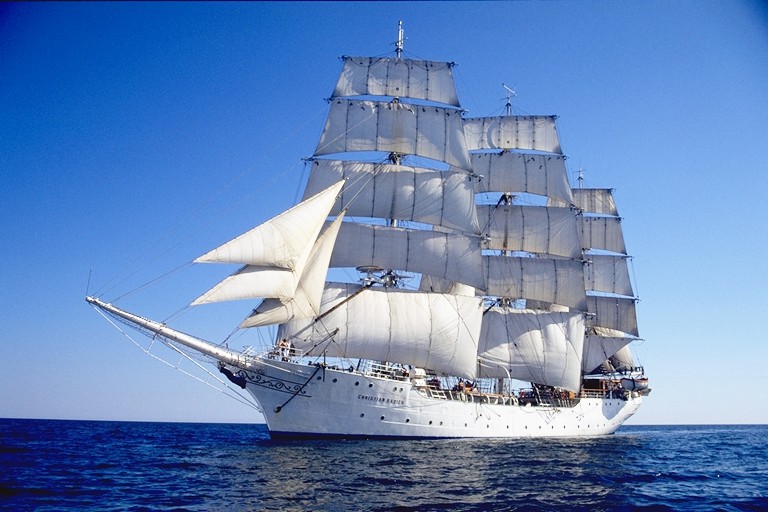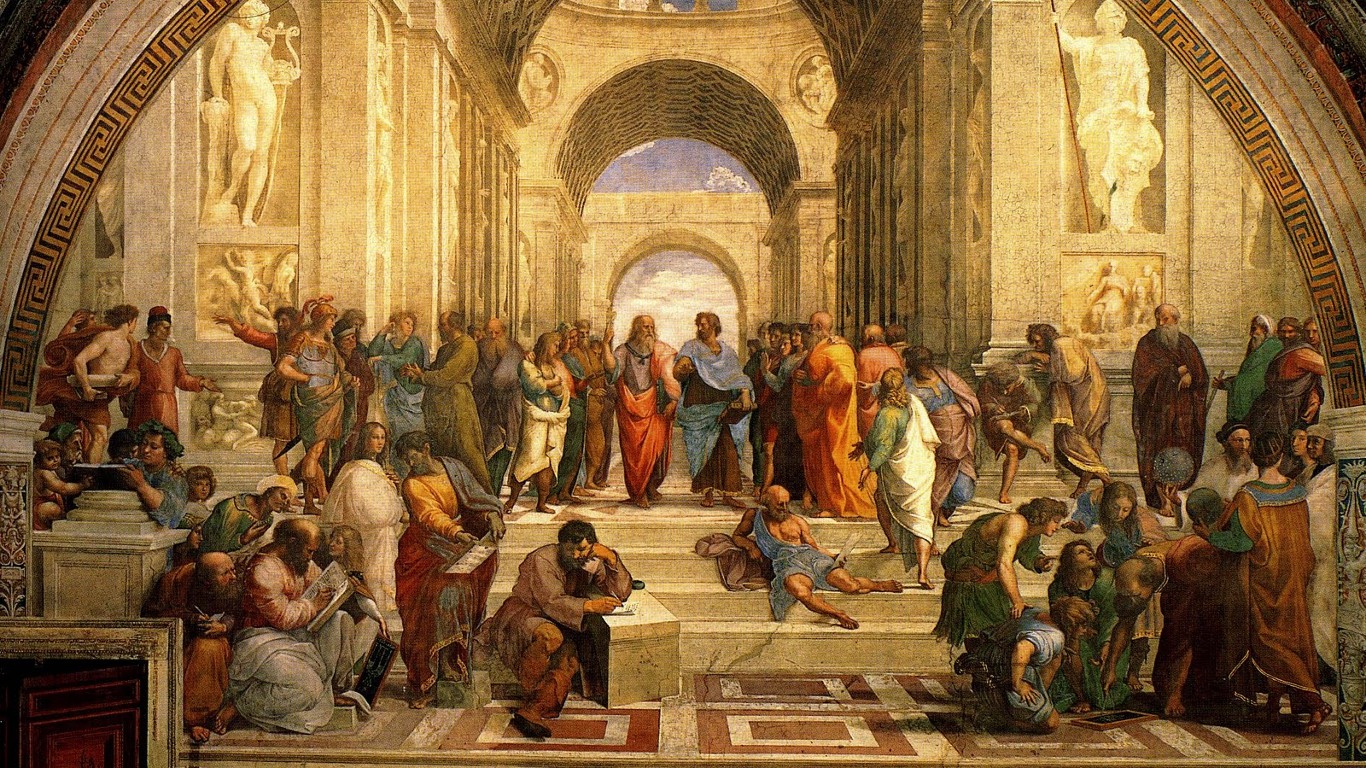Slavery is a big issue in the world still to this
day. There is still forced labor happening all around us and that is a problem.
Slavery has been abolished since the 19th century in the US too. It
may not be in the same form as back then, but it still exists in a modern way.
http://redthreadmovement.wordpress.com/2011/08/05/chalk-it-up/
Some of the countries where it is happening are
North Korea, China, India, Russia, and Iran. All of these countries depend on
forced labor for their economy. Some forms of slavery are child slavery, forced
labor, trafficking, and bonded labor.
Child slavery happens often through violence, abuse,
threats, prostitution and pornography. Many of the child domestic workers work
for long hours in hazardous and abusive environments. This often is for little
or no pay.
http://forcechange.com/58557/abolish-child-slavery-in-india/
Forced labor happens when people are forced against
their will or threatened to do work. Forced labor affects millions of people worldwide.
Some forms are agriculture and fishing, domestic work, construction,
manufacturing, prostitution, and market trading.
http://internationalpoliticalforum.com/human-trafficking-im-not-liam-neeson-what-can-i-do/
Bonded labor is a form of debt slavery that is
created when an individual begins to work for another person who holds a debt
from that worker. They work long hours laboring in quarries, brick kilns,
agriculture and as domestics. They are tricked or trapped into working for very little or
no pay and usually the debts are passed through generations.
http://thehiddentranscript.com/2012/12/13/issue-3-nunez/
In history class, we’ve been learning about the Enlightenment
period. This period is where reason, logic, individual freedom, and human
rights became key for everything. Thomas Jefferson was one of the important Enlightenment
thinkers.
http://en.wikipedia.org/wiki/Separation_of_church_and_state
He thought that every man is created equal. Slavery was also around
at this time in the US. Jefferson still had his own slaves even though he
believed that individual freedom and rights should be provided for everyone. People
of this time believed that this time period should improve the society and
humans. Some people still had to live as slaves though, just like modern day.Sources: http://www.antislavery.org/english/slavery_today/what_is_modern_slavery.aspx
http://www.antislavery.org/english/slavery_today/child_labour.aspx
http://www.antislavery.org/english/slavery_today/forced_labour.aspx
http://www.antislavery.org/english/slavery_today/trafficking.aspx
http://www.antislavery.org/english/slavery_today/bonded_labour.aspx




























